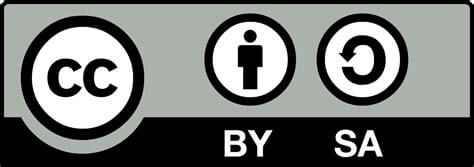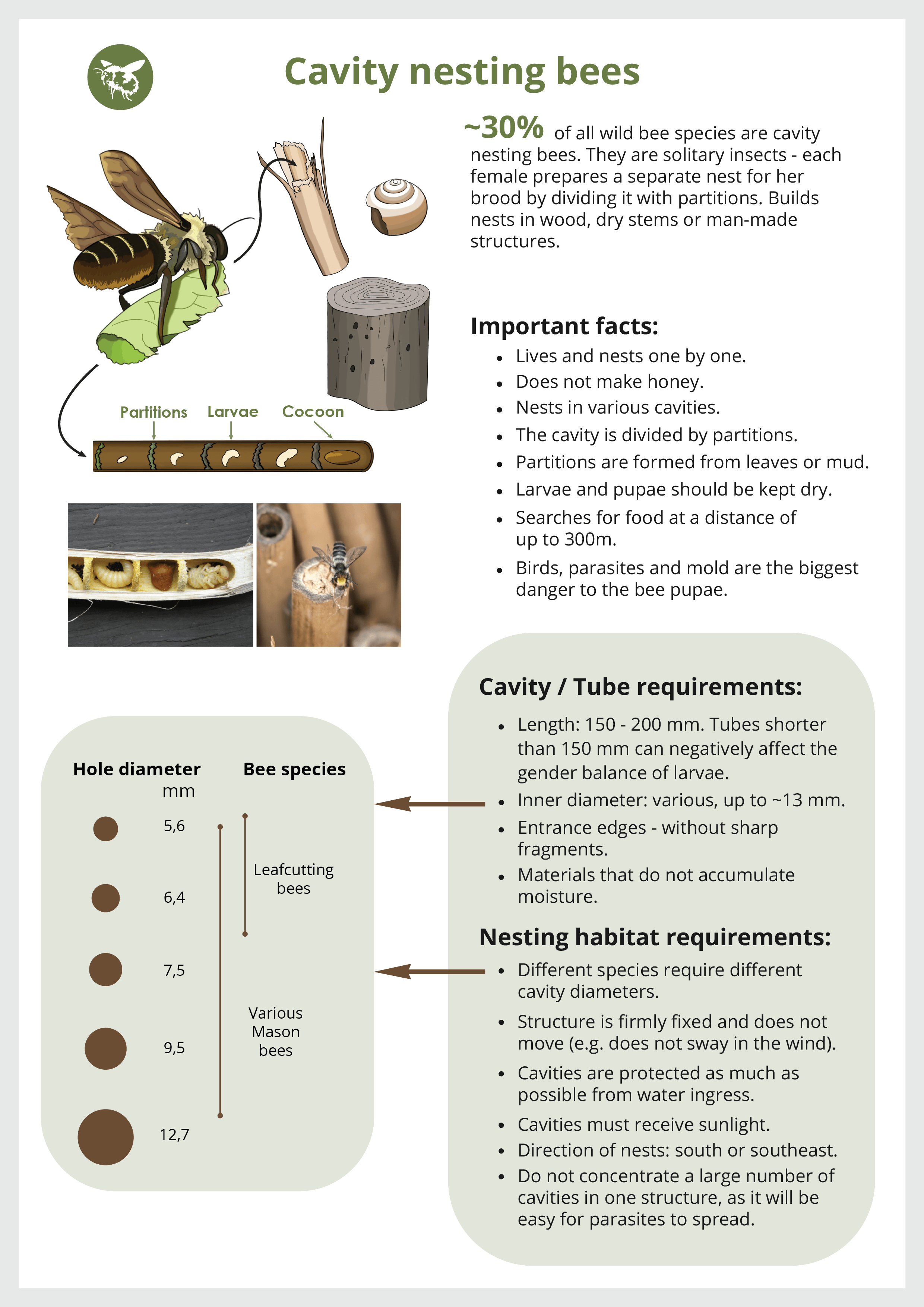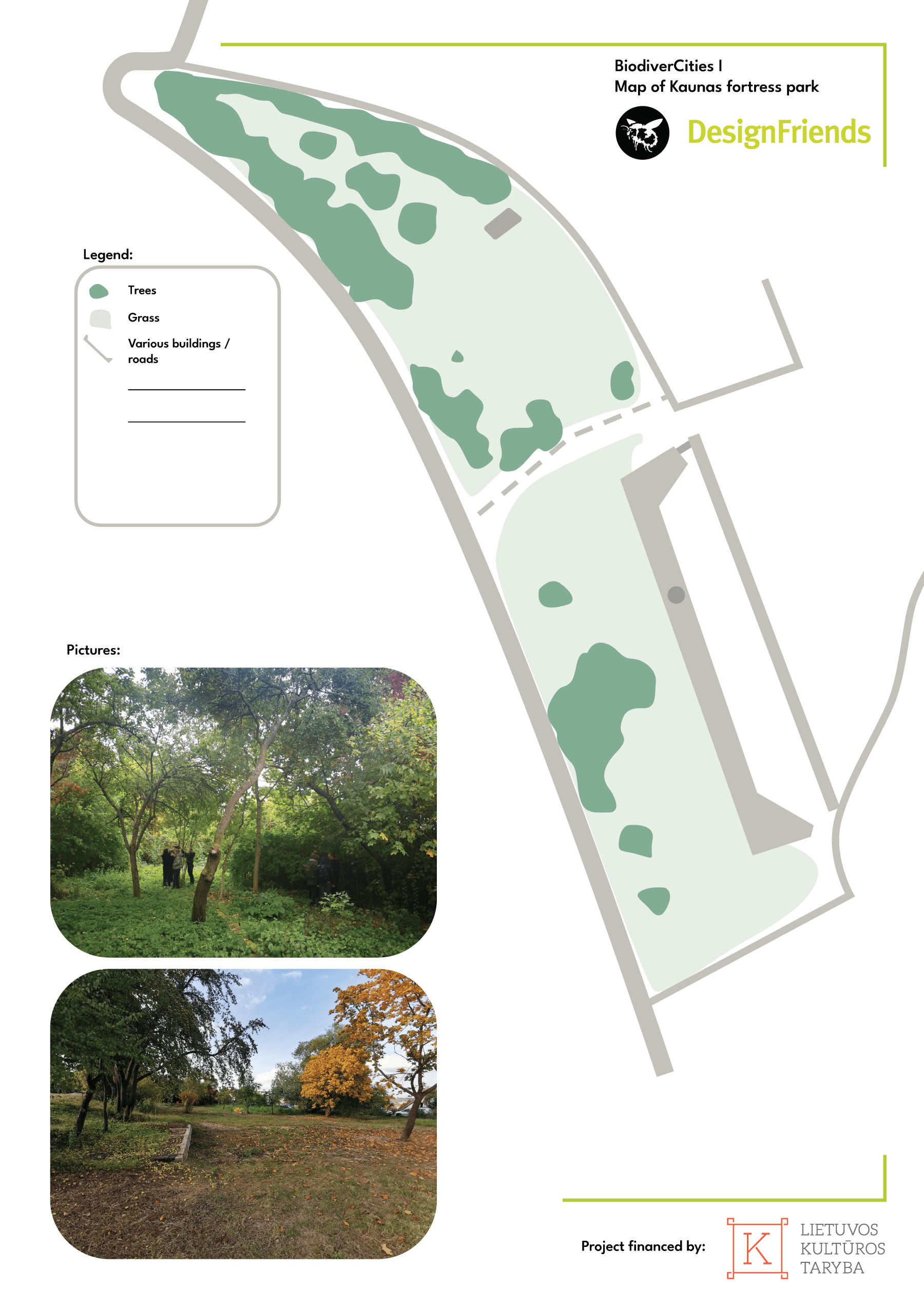
BiodiverCities

The workshop took place in the Kaunas Fortress Park, near which Kaunas city municipality is developing the Aleksotas Innovation Industrial Park (AIIP) in the area of the former aviation factory. AIIP covers an area of 30 ha in the northern part bordering the Kaunas fort fortifications, it is located on the slopes and surrounded by nature. During the development of the innovation park, this former military area will be urbanized, and as a result, the local ecosystem will be radically disrupted. Due to the close cooperation with the "T-Factor" project, this workshop was held as one of the temporary activities of the Kaunas pilot aimed at applying innovative methods of urban regeneration. The main task of the workshop is to get acquainted with the importance of wildlife in the city and to find ways on how a part of this territory of the Kaunas fortress could provide shelter for insects in this period of radical environmental changes. Using design thinking methods, participants created habitats for insects and spatial solutions for biodiverse nature.
 Part of the territory of the Kaunas fortress park.
Part of the territory of the Kaunas fortress park.
Ecology in the city
Visiting the area
The video message was given by Doc. Dr. Richard Skorupskas. The scientist talked about multiple ways to improve urban biodiversity when creating green spaces: by including more native plant species, more effectively planning which areas need careful management and which ones can be left to wild nature. R. Skorupskas emphasized the need for a changing approach to green spaces: instead of rushing to cut longer grass and sweep fallen leaves, to look into the benefits of these elements. Fallen leaves contain many nutrients for the ecosystem, and a variety of native flowers provide food and opportunities for a wide variety of insect species. The main idea of the workshop is that biodiversity requires diversity. After the presentation, participants inspected the territory of the Lakūnai Garden, where they later installed the created insect habitats.
 Participants explore the territory of the Kaunas fortress park.
Participants explore the territory of the Kaunas fortress park.
Toolkit improvement
The toolkit is made of two parts: an insect hotel for cavity-nesting bees and other insects; and ground unit structure for ground-nesting bees and other insects. Two teams of participants were given the task of improving the bee hotel, and the other two - building a structure on the ground. Workshop participants were presented with natural materials for constructing design solutions. Many materials are collected from nature: stems of Great Hairy willlow-herb, Common reed, Sambuco, Chinese silver grass, natural beeswax, clay and sand. The set of materials also included non-toxic kraft cardboard.
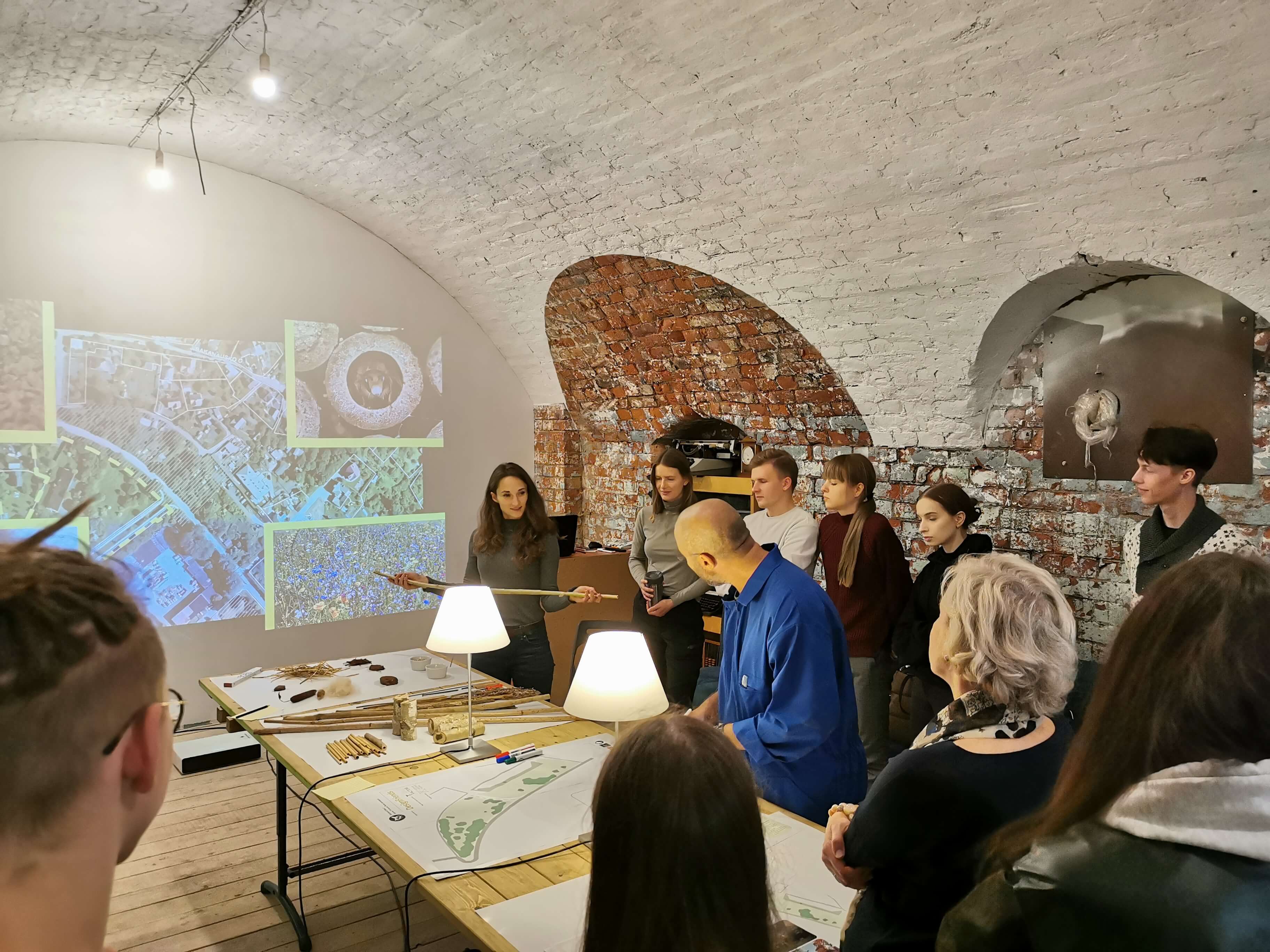 Showcase of materials used during the workshop.
Showcase of materials used during the workshop.
Improvement of bee hotel
The problem we wanted to solve during the BiodiverCities I project is the false image of the bee hotels. Often, when creating habitats for insects, people replicate the model of a human house and fail to effectively consider the needs of the other species. Created structures often do not meet the ecological requirements: hotels are too large, with cavities which are too short, unsustainable materials are used for hotels production. The initial bee hotel design was created during the first phase of the project in Milan (2021) while focusing on the cavity-nesting insect needs and requirements. After this phase, two improved bee hotels were built and hung for testing in Delft, The Netherlands in April 2022.
During the lecture in Kaunas workshop, the ecological requirements of the hotel and the most common design mistakes were presented to the teams. In addition, one of the main problems of the current structure were named - bee hotels need protection from the birds. To help participants during their hotel creation, necessary information about the favourable nesting conditions for the cavity-nesting bees was given in the memos.
After familiarizing themselves with the theoretical information, available materials and tools, the two teams of participants created new bee hotel designs. For the cavities, both teams used different diameters of reed, Sambuco plant and Great Hairy willlow-herb stems. The participants also used cardboard impregnated with the beeswax to create an external protection for the structure, and natural jute ropes for fixing the structures onto the tree. To hide the cavities from the birds, teams used different strategies - one narrowed the insect's entry hole and pulled the tubes away from the hotel's front, while the other team covered the tubes with the reed spikelets.

Structures for the ground-nesting bees
It is known that about 70% of bees nest underground, but structures designed for them can rarely be seen. Observing and analysing underground nesting bees is much more difficult, so we know much less about their nesting habits when compared to cavity-nesters. The use of bare or sparsely covered areas of ground is known to be an effective strategy for creating ground-nesting bee habitats. Structures must separate areas of land from nearby vegetation and also clearly signal to people that such an area should not be disturbed. Workshop participants were introduced to the most important information in memo format.
Two teams have created two different ground structures while using the same materials in different amount ratios. Differing mixtures of clay, sand and straw were used, layering them in different orders. A mixture of clay and sand with a lot of straw was used for the inner layer of the structures, which created a porous medium that is favourable for bees to nest. The outside layer had to be protected from the rain and humidity, so the clay and sand mixture was supplemented with linseed oil and roadleaf cattail fluff.
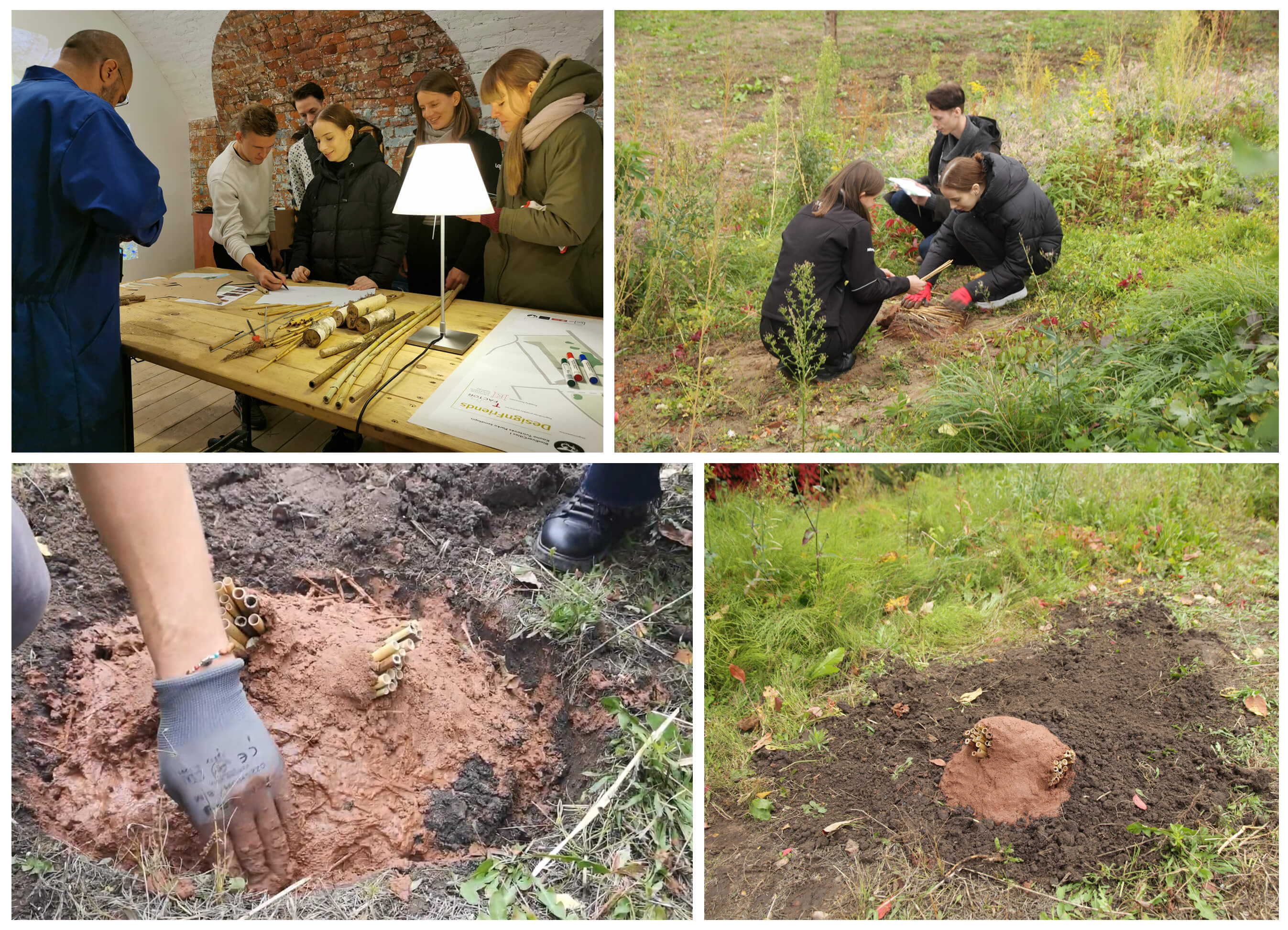 Co-creation process and the results – 2 ground nesting bee
hotels.
Co-creation process and the results – 2 ground nesting bee
hotels.
A place for wild nature and humans
The principles of the Project for Public Spaces "Placemaking" method have been applied to the analysis of Kaunas Fortress Park area. The categories and questions have been altered according to the topic of this project as well as wild nature and human needs.
Each team was given a map of the Lakūnai garden area along with the questionnaire. In that way, the participants could mark the most important objects and create a plan for the territory that would be convenient for both, the humans and the wild nature.
When creating and installing insect hotels, the participants were encouraged to pay attention to not only a specific place suitable for their construction, but also to the surrounding environment: nearby sources of materials suitable for food and nest construction, the integrity of green areas in the territory and their diversity. Wild flowers were growing in the Lakūnai garden of the Kaunas fortress park, so all the teams evaluated this as a positive aspect. Most participants decided to expand the wildflower areas or create new similar spaces to increase bee foraging opportunities. Participants also drew attention to potential dangers to the bees and other wildlife - dogs or passers-by who do not notice structures on the ground and trip on them - and discussed possible solutions to the problem. Participants concluded that surrounding structures with natural barriers, such as a wildflower meadow or a pond, would reduce the risk of damage. The needs of nature and humans were combined: it was decided which places could be left to the wild nature, and which are intended for people's pleasant recreation in nature.
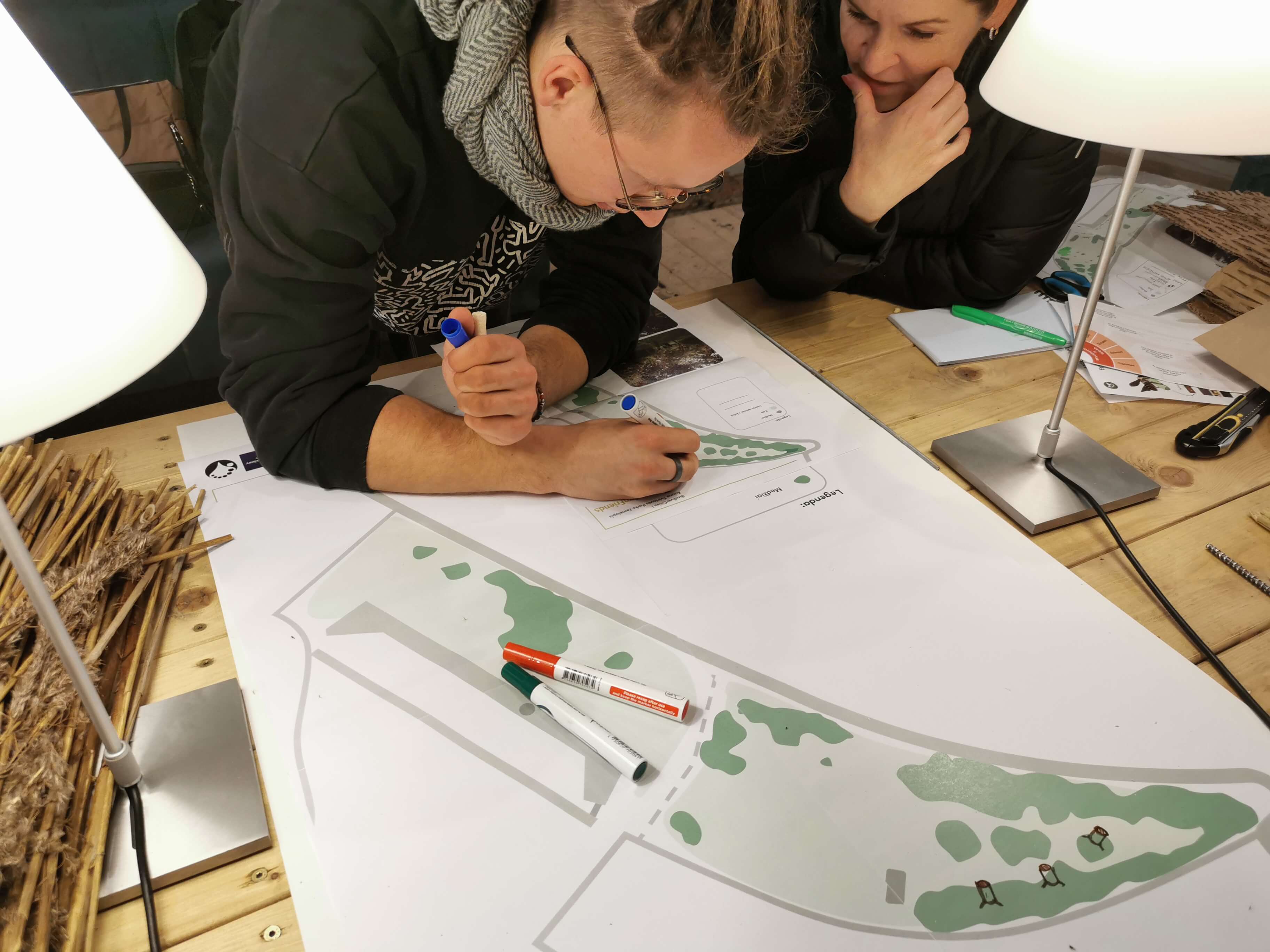 Participants discuss how the area could be improved.
Participants discuss how the area could be improved.
Conclusion
Design Thinking: during the workshop, participants gained knowledge and explored ways to create cities where people and insects could thrive without confronting each other, also gained a general understanding about the urban ecology and new insights on environmental protection strategies. The tools created for the workshop (memo’s about the ecological requirements for different bee species, questions for site analysis and Lakūnai garden plan) helped participants to understand the wider context of the problem and the ecological requirements for the built structures. In addition, tools have allowed them to analyse the area in a targeted manner and provide thoughtful design improvements.
Theoretical and practical education: the knowledge gained in the first part of the workshop was applied in the hands-on activity - creation of the insect hotels. The co-creation event resulted in 4 new designs for the structures: 2 hanging bee hotels for cavity nesting bees, 2 ground mounted structures for ground nesting bees. Participants used natural or safely biodegradable materials to create these structures, while learning about the importance of sustainability and exploring environmentally safe design methods in practice.
Emotional benefit: Assoc. Prof., Dr. Ričardas Skorupskas's introduction and subsequent discussions encouraged participants to broaden their ideas and rethink the relationship between humans and wildlife. During the activities, the teams empathetically solved the problems of housing insects and shared their caring insights about the warm and comfortable life of bees in their new home. Some of the participants got emotionally involved in the creative process and the environmental theme, they were happy to be able to create design solutions that favour the preservation of another species. These experiences prove how important it is to involve citizens in urban regeneration processes: with increasing care for the wild nature, comes a growing awareness about the problem and an active search for solutions.
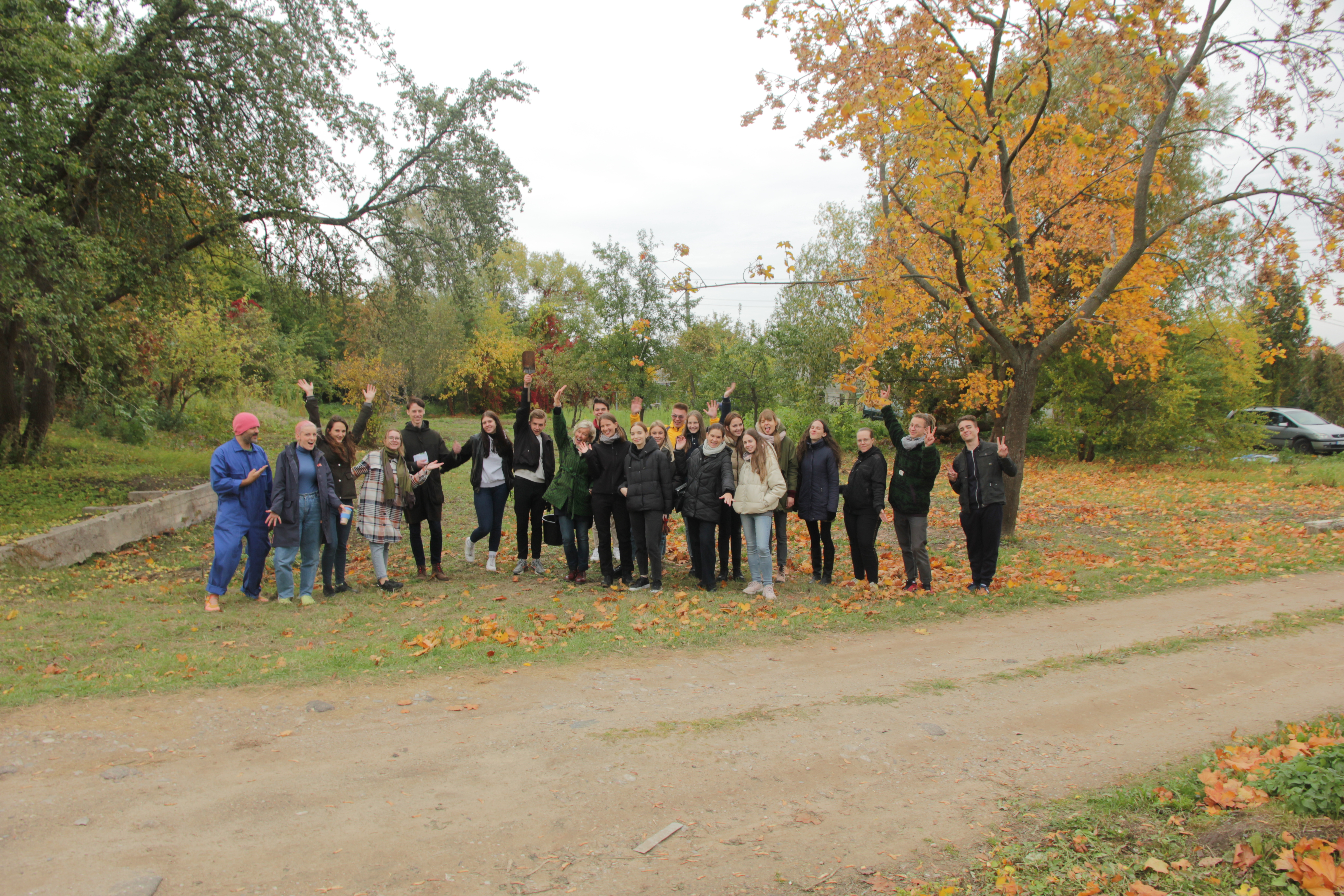
Team:
- Justė Motuzaitė
- Kontryna Lenkauskaitė
- Lorenzo Piazzi
- Modestas Stankaitis
- Rūta Valušytė
- Niccolò Lelli
- Hari Prasanna Manimaran
- Giuseppe Donvito
- Justina Klėjūtė
Contacts: info@designfriends.org
Developed and distributed under CC BY-SA license
